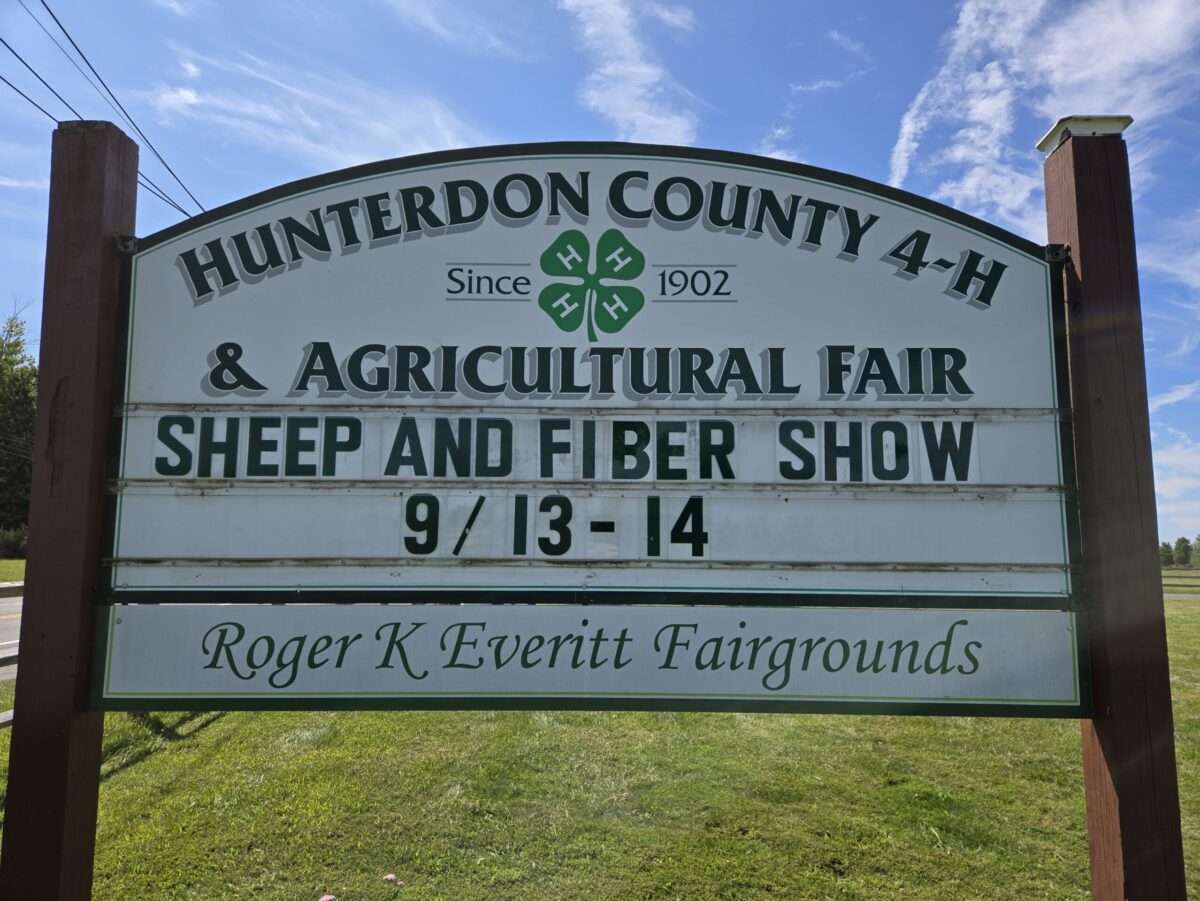Although not mentioned in the rules, providers (which must be Livestock Conservancy members) can not sell conservation breed wool that is not from their own animals (per correspondence with the Livestock Conservancy late 2018).
Fiber Artists:
This is a great program to help save rare breeds of sheep and also to learn more about the characteristics of their fiber. Even if you don’t pursue the program you can search through our member listings to locate those near you who are raising rare breeds on the Livestock Conservancy lists. By purchasing products from them you are also helping to preserve these rare breeds. For a list of breeds see the next 2 links below.
Heritage Sheep Breeds List by Conservation Priority Status (annually updated web page)
Flyer for Providers Promoting Program to Fiber Artists
For full info see the Livestock Conservancy website: http://livestockconservancy.org/index.php/involved/internal/SE2



